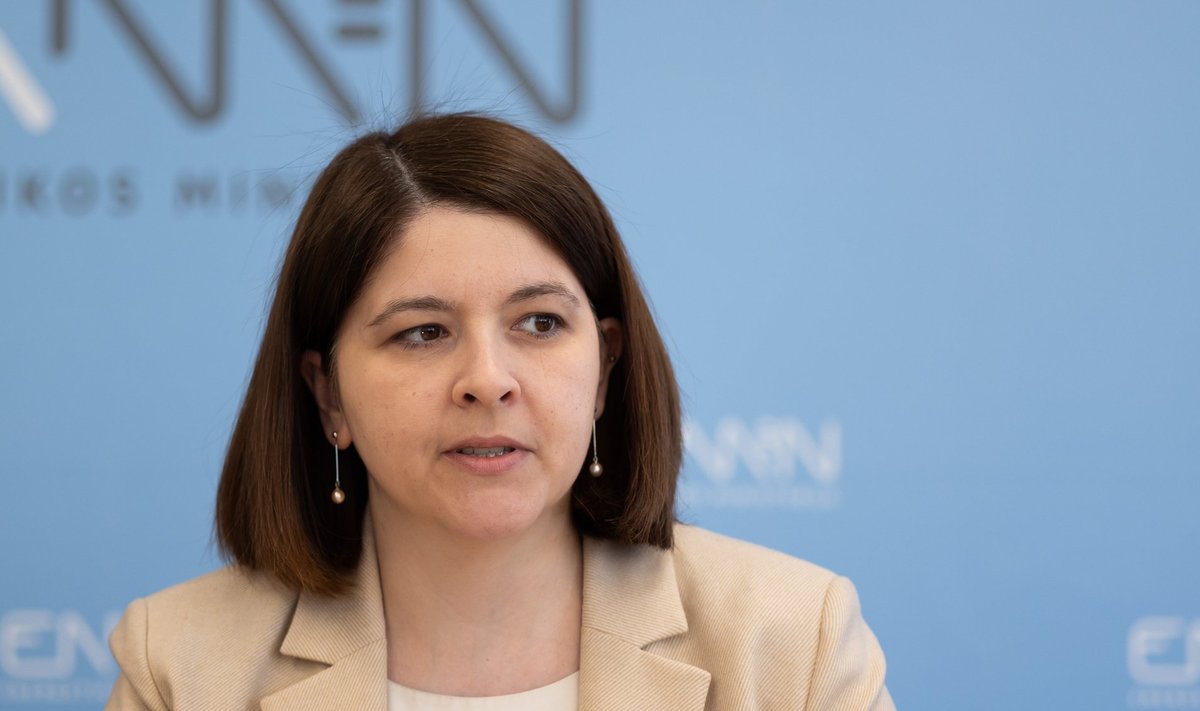“Lithuania is one of the most attractive locations in the Fintech sector, we currently have 270 different Fintech companies operating, which provide services from international payments to digital banks. This makes Lithuania a leading Fintech hub in Europe and an attractive alternative for foreign investors,” noted Skaistė.
At the event of the US Chamber of Commerce, Minister Skaistė stated that there is an observed surge of innovative companies related to data analytics, financial software and hardware, and cyber security. This shows that the ecosystem of the Fintech sector remains dynamic and diverse. Moreover, the geopolitical uncertainty in the region due to the war started by Russia in Ukraine did not deter investors and did not reduce the growth of Fintech sector activity.
Lithuania’s ambition to be the first to adopt the necessary legislative decisions undoubtedly contributed to the successful development of the ecosystem. Business-friendly decisions have been implemented in the country, and there is constant work ongoing to implement strategic European solutions before the general requirements of the European Union come into force.
“We are a leader not only in the creation of a positive ecosystem, but also offer access to the unique payment system CENTROLink, which serves as the gateway to the Single Euro Payments Area. In other words, Fintech companies operating in Lithuania can reach the European market without any obstacles, 27 million users in Europe are a great proof of that,” said the minister.
Finally, at the meeting with the members of the US Chamber of Commerce, the Minister noted that not only the abundant supply of talent – over 7,000 professionals work in this sector alone – but also the accumulated experience contribute to the successful development of the sector. Moreover, active risk management, in which Lithuania is a world leader, based on the international Basel Index, created for the assessment of money laundering and terrorist financing risk management, Lithuania ranks among the 10 countries in the world that manage risks best.

